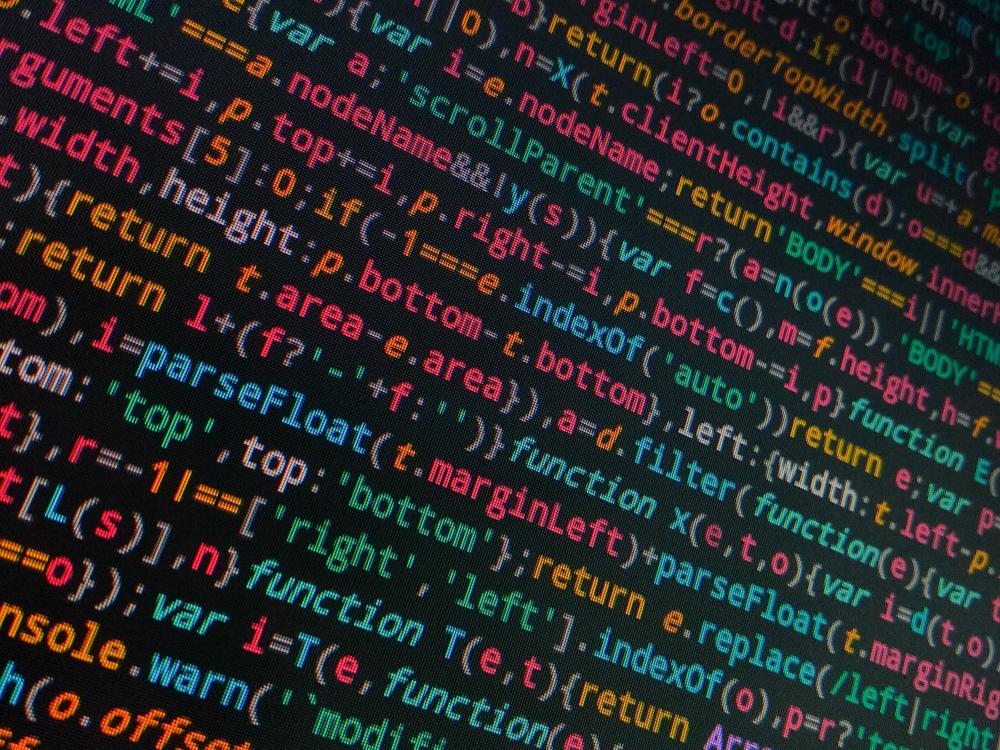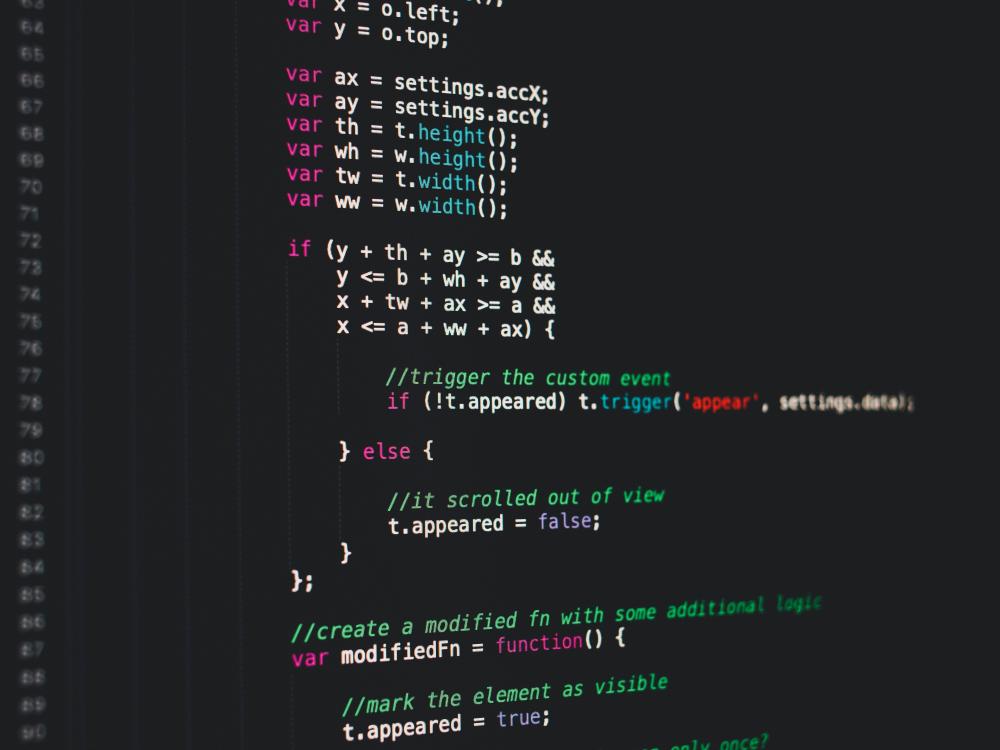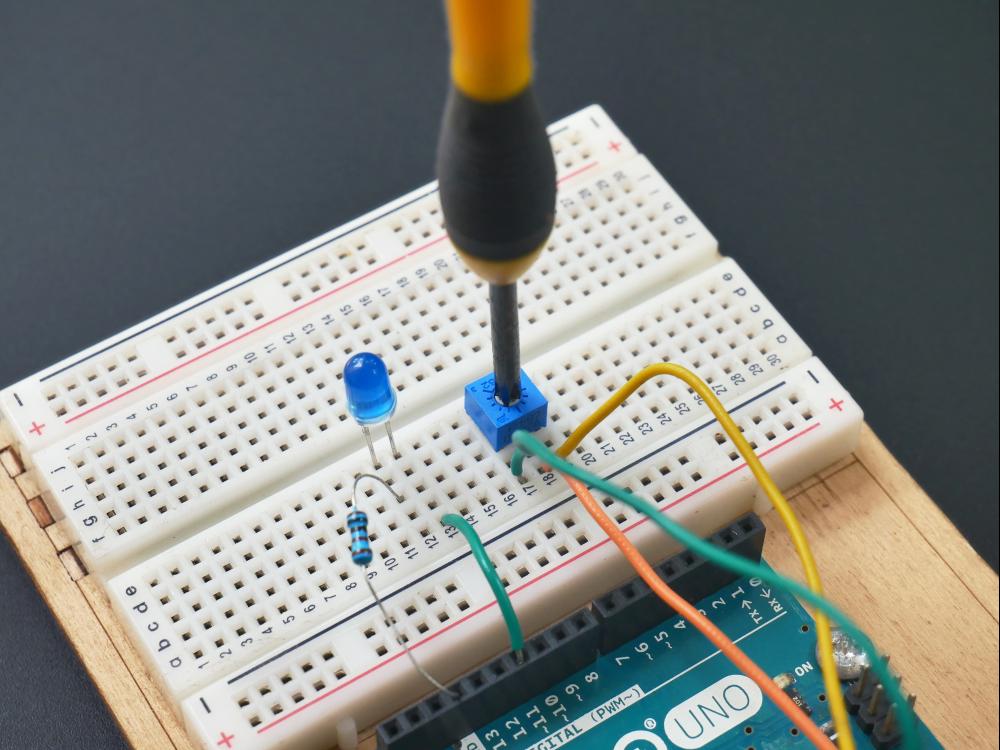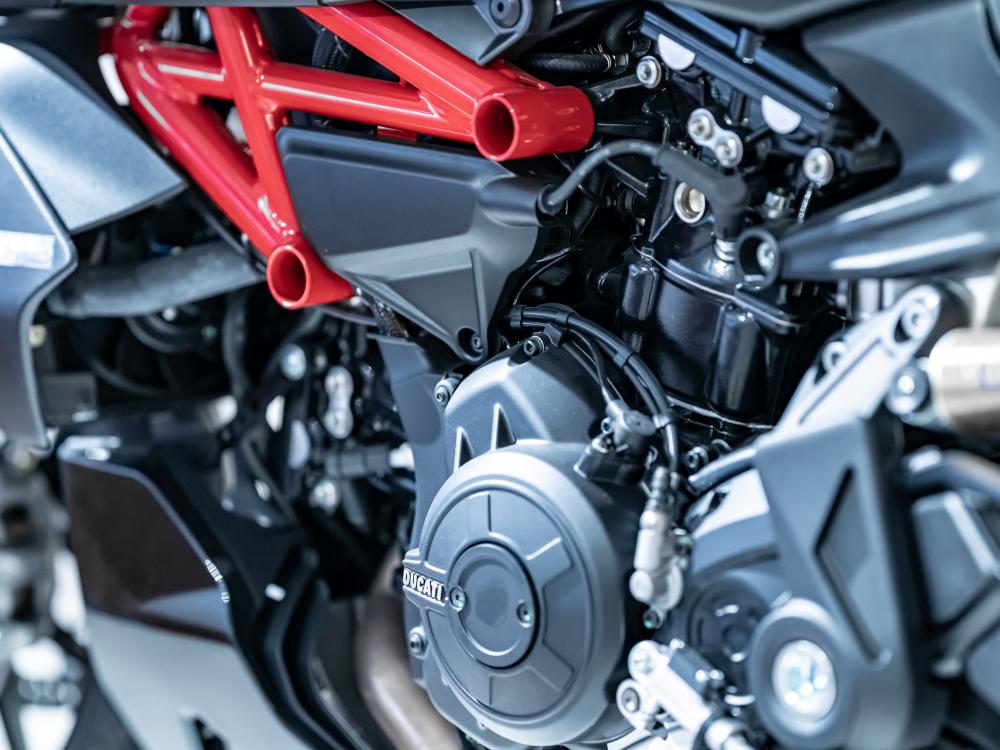Ensuring Accuracy in AI Models: The Role of AI Engineers
In the rapidly evolving field of Artificial Intelligence (AI), engineers play a crucial role in developing and fine-tuning models to ensure their accuracy. As AI continues to revolutionize industries across the globe, it is imperative for AI engineers to employ various techniques and methodologies to create reliable and precise models. In this article, we will delve into the ways in which AI engineers ensure the accuracy of models, with a specific focus on the Indian context.
Data Preprocessing and Cleaning

One of the primary steps that AI engineers take to enhance model accuracy is data preprocessing and cleaning. This involves carefully analyzing and preparing the dataset before training the model. By identifying and removing outliers, handling missing values, standardizing or normalizing features, and eliminating redundant information, engineers can significantly improve the quality of data used for training.
Model Selection and Evaluation
Choosing an appropriate model architecture is vital for achieving accurate results. AI engineers carefully evaluate different algorithms such as linear regression, decision trees, support vector machines (SVMs), neural networks, or deep learning architectures like convolutional neural networks (CNNs) or recurrent neural networks (RNNs). Each model has its strengths and weaknesses, depending on the nature of the problem at hand. By conducting extensive evaluations on various metrics such as precision, recall, F1 score, or area under curve (AUC), engineers can select the most suitable model that optimizes accuracy.
Hyperparameter Tuning

The performance of an AI model heavily relies on its hyperparameters - parameters that are not learned from data but set before training. These include learning rate, regularization strength, batch size, number of layers or nodes in a network, among others. Through techniques like grid search or randomized search, AI engineers systematically explore different combinations of hyperparameters to identify the optimal configuration that maximizes accuracy.
Ensemble Methods
AI engineers often employ ensemble methods to enhance model accuracy. Ensemble learning involves combining predictions from multiple models to make more robust and accurate predictions. Techniques such as bagging (e.g., random forests), boosting (e.g., AdaBoost, gradient boosting), or stacking can be used to harness the collective wisdom of diverse models and mitigate individual model biases or errors.
Regularization and Overfitting Prevention
To ensure that AI models generalize well to unseen data, engineers apply regularization techniques and guard against overfitting. Regularization methods like L1 or L2 regularization help prevent excessive complexity in models by adding penalties on large weights or complex structures. Additionally, techniques such as dropout or early stopping are employed to prevent overfitting, where a model memorizes the training data but fails to generalize accurately on new instances.
Data preprocessing and cleaning
Model selection and evaluation
Hyperparameter tuning
Ensemble methods
Regularization and overfitting prevention
AI engineers play a pivotal role in ensuring the accuracy of models through meticulous data preprocessing, thoughtful model selection, careful hyperparameter tuning, leveraging ensemble methods, and preventing overfitting. By employing these strategies effectively, AI engineers can create reliable and precise models that drive advancements across various industries.


















